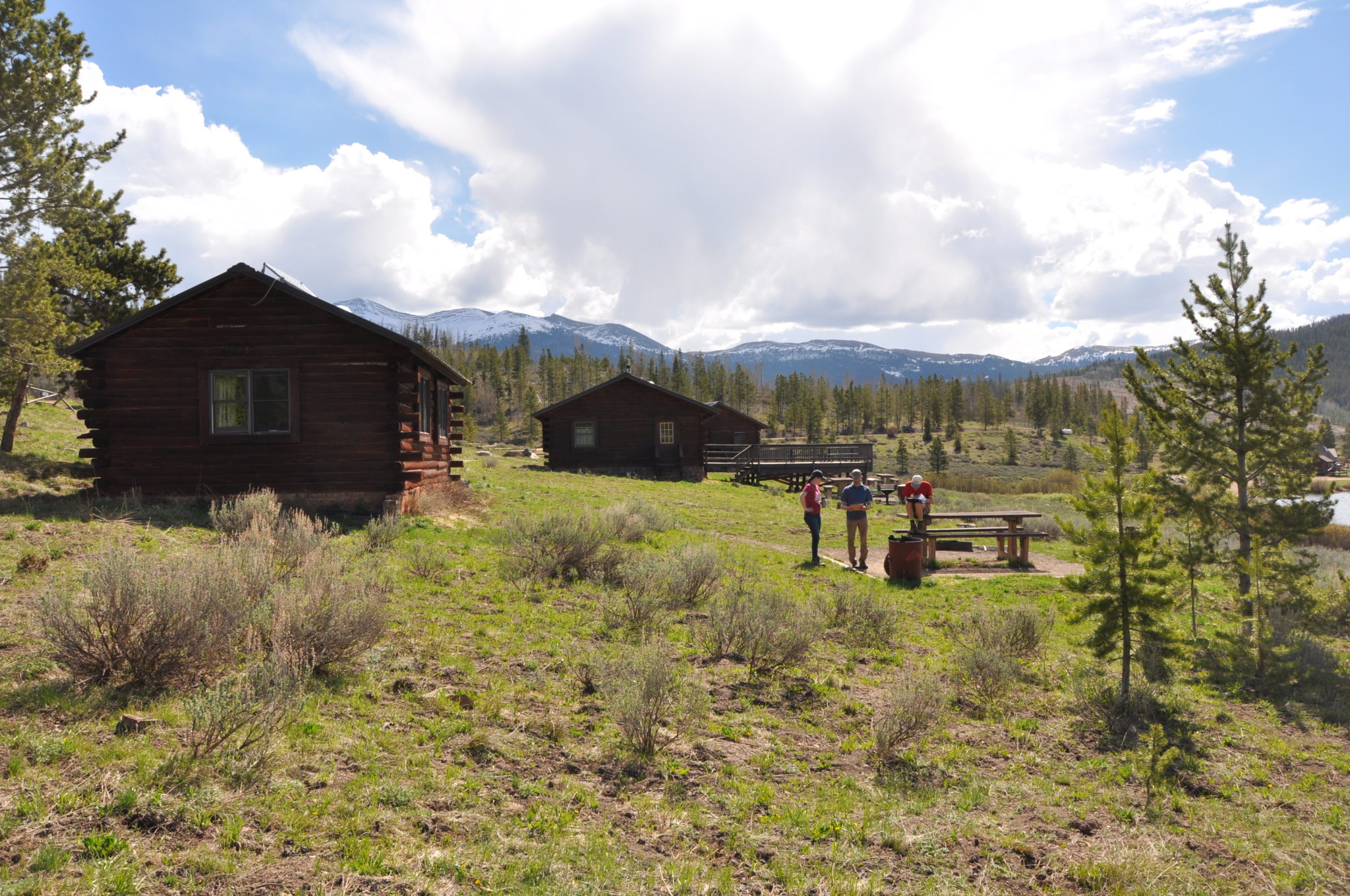
Beyond the walls of academia, the field of public history uses the methods of historical research to interpret the past and educate the general public and public agencies. From historic preservation to oral history techniques, public history aims to deepen public connection with the past.

Craig Somers, a graduate student in Colorado State University’s history department, is inspired by preservation’s move toward more inclusive practices that “engage underrepresented communities to recover cultural identity and history.”
Somers is somewhat of a nontraditional student in the public history program. While he has a passion for public lands and American history, his previous experience is in design.
Somers had visited multiple national parks throughout his time as an undergraduate and was curious about how the National Parks Service functioned from the inside. After completing his undergraduate degree in design, he interned at North Cascades National Park. He then went to Seattle and worked for an exhibit design on several projects with the National Parks Service. 15 years after he completed his undergraduate degree, he decided to “formally study historic preservation in preparation for a career in cultural resource management.”
“I’d like to work as a historic preservation specialist. There are so many ways that history and preservation can benefit local communities,” said Somers. “I would also really like to be involved in interpretation at public sites.”
This summer, Somers is working with the Public Lands History Center (PLHC) and the City of Greeley’s Historic Preservation Office to conduct various public history projects.
- He is writing a cultural resources chapter of the future Colorado Parks and Wildlife Stewardship Guide to be used in future decision-making about the management and interpretation of natural and cultural resources at State Forest State Park in Colorado’s North Park.
- He conducted survey work for three historic sites associated with the State Park and conducted three oral histories with people who had a direct connection to past events related to the park.
- He is conducting a series of oral history interviews with recently retired City of Fort Collins Senior Water Engineer, Owen Randall, to document Randall’s institutional knowledge.
- He is working alongside the City of Greeley’s preservation specialist, Betsy Kellums, to write a grant proposal to fund a city-wide survey plan. This is in addition to his completion of an intensive architectural survey to document a 1950s fire station.
All of the skills and knowledge necessary for the work he’s doing this summer came from his academic coursework. “We focus on conducting primary and secondary research, evaluating source material, constructing a strong and persuasive argument, and developing prose that is engaging and appropriate to the audience. These are all essential skills for communicating the complexities of the past and their impact on the present,” he said.

Within the public history program, there is an emphasis on acknowledging and understanding historical problems such as economic and social exclusion, cultural and ethnic identity, and human interactions with nature and the environment. “My training at CSU in public history has challenged me to think about history and preservation as a cultural practice that actively interfaces with issues of social, economic, and political equity rather than simply as a passive tool for preserving historic resources for posterity,” he said. “I’m excited about how preservation theory is acknowledging these issues and shifting the conversation toward the ways that preservation practice can address them.”
Later in August, Somers will spend a week in Rocky Mountain National Park with other graduate and undergraduate students, high school teachers and students, and NPS staff to create an interactive digital education tool for Trail Ridge Road. This project is part of an ongoing annual collaboration between the PLHC and Rocky Mountain National Park called Parks as Portals to Learning.
“This is another example of the great opportunities the CSU history department offers students in applied history. Who wouldn’t want to spend a week conducting fieldwork in Rocky Mountain National Park? It’s a beautiful setting to work in while considering the significance of a historic resource that continues to shape the landscape and our experience of it.”
The Department of History is in CSU’s College of Liberal Arts.
About Summertime Standouts
Summertime Standouts is an annual feature on SOURCE that highlights students who made an impact this summer around the globe, across the country, and even close to home.
Check out more Summertime Standouts at source.colostate.edu/summertime-standouts-2019.